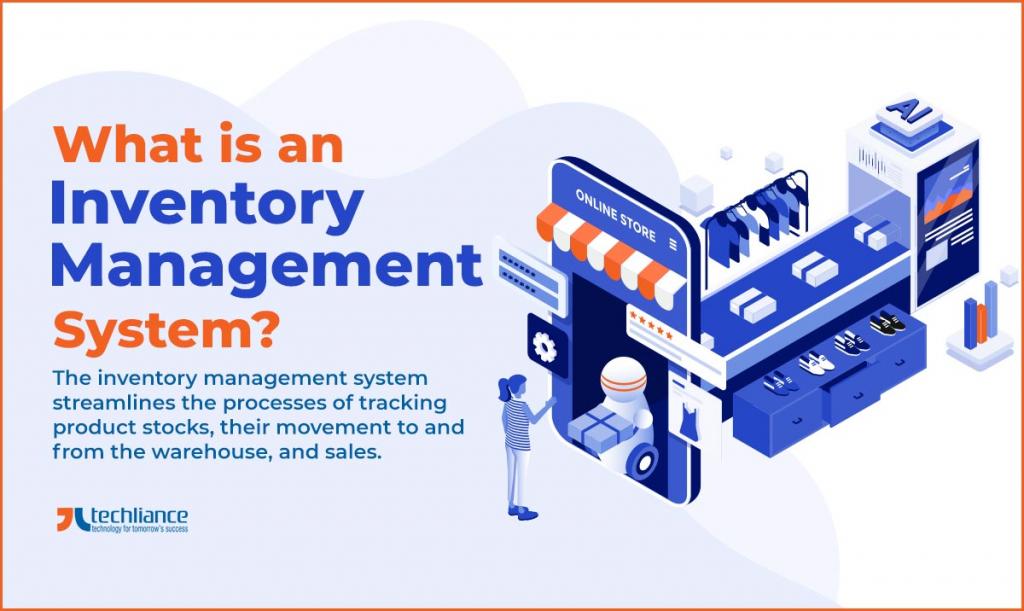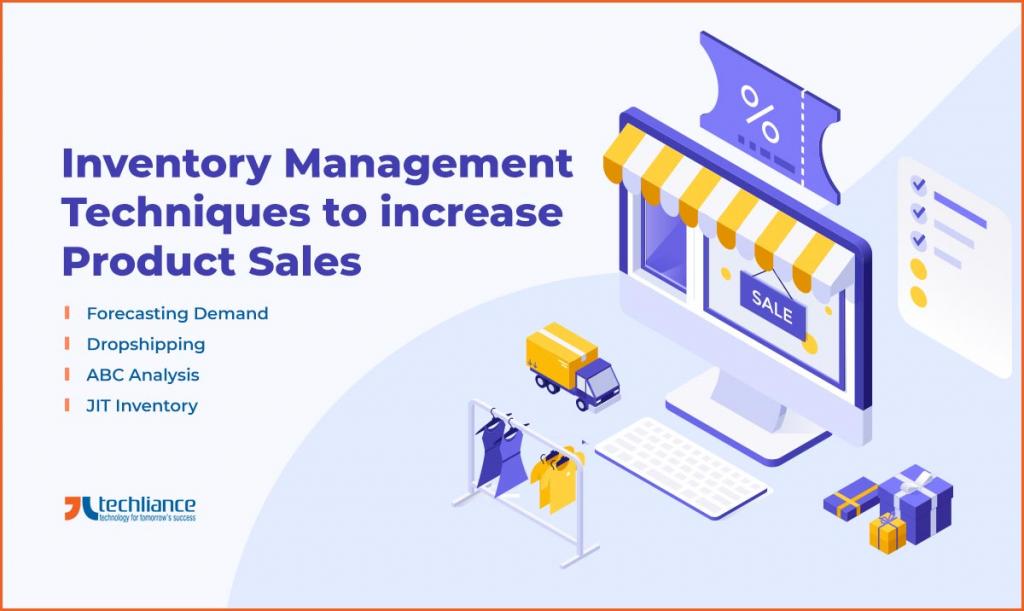Nowadays, eCommerce businesses usually highly invest in technological and digital upgrades owing to the competitive market in which they operate. They are leaving no stone unturned in offering exceptional eCommerce user experiences and scaling digital transformation initiatives in 2024. Implementing solid inventory management in eCommerce is the initial and most critical step to a successful online retail business.
This becomes unrewarding if your product fails to reach the customer base despite all efforts. It is a catastrophic situation that arises with the improper use of an inventory management system. You can utilize the most suitable eCommerce inventory management software to solve this problem.
Organize the buying and selling of stock by restructuring the processes of inventory management in eCommerce. For example, forecasting demands, and automating warehouses, etc. This is where expert dedicated developers can create a custom inventory management solution to take care of all tasks.

What is an Inventory Management System?
The inventory management system streamlines the processes of tracking product stocks, their movement to and from the warehouse, and sales. This field inventory system handles tasks like delivery, returns, and provides live updates with actual and specific data. The procedure decreases the time and effort spent in manual tracking to correctly manage inventory levels.
Today, the global market has many inventory management systems that are suitable for businesses of different types and sizes. An ideal solution must monitor everything on a single platform and look into all the factors. For instance, including the back office (warehouse tracking, employee management, etc.) and the customer side (delivery dates, return monitoring, etc.).

Challenges in Inventory Management that need Solutions
There are several internal and external factors that dictate the importance of computerized inventory management. They are necessary to deal with, irrespective of the scale of an eCommerce business or a startup company. Given below are the most significant challenges for inventory management in the eCommerce industry during 2024.
Here, we glance at the problems cutting down the movement of products and their sales internationally and in the USA.
Manual Stock Supervision
Retail businesses whether they have brick-and-mortar stores or have an online presence, typically begin with manual inventory management. Or they use spreadsheets and different scattered tools for manual stock observation. Research in the US found 43% of small enterprises don’t track inventory in any respect (or utilize a manual method).
Yet, retail enterprises in the early growth stages must restrain from manually supervising the inventory. Because retail businesses advance and scale with time. This makes manual inventory management complex and redundant. In addition, once retail enterprises begin offering online sales, demand for products surges.
Therefore, manual stock supervision can’t keep up with the rising demand. Since product stores get inventory from different warehouses across cities, so they require to be continually monitored. In such cases, the chance of human errors grows while manually examining the info and inventory.

Overstocking and Overselling Products
Good digital commerce businesses grasp the purchasing patterns of their target market. Consequently, they manufacture merchandise according to the actual and potential needs of the buyers. Any disadvantage in achieving this may result in entire inventory waste.
You will have a serious problem if the products are not recyclable or biodegradable. As you will have to allocate areas in warehouses for storing the expired or out-of-demand stock. This is very difficult to manage in the United States and Europe where inventory storage is very costly.
On the opposite hand, unintentional overselling is more dangerous. Because it blows the user experience, once customers wait long to get the merchandise, or worst don’t receive at all. Typically, a disconnect happens between what an online retailer displays on the eCommerce website and the minimum in-hand stock.
Lack of Clarity
eCommerce entrepreneurs confront a major challenge of lack of visibility after the business expands. Marketing through multiple channels may arise confusion around the orders, inventory, and sales. eCommerce businesses partner with numerous manufacturers, warehouses, and distributors to keep the supply chain sleek with no inventory shortage.
The brick-and-mortar product stores of retail chains are scattered across geographies. So, keeping tabs on all of this data is pretty burdensome. This confusion hampers the flexibility to conduct seamless online sales and eventually affects the customers’ eCommerce experience also.
Inventory Management Techniques to increase Product Sales
Talking of 2024, online retailers have to mitigate the risks of a broken supply chain and a horrifying buyer experience. Accordingly, a reliable inventory management system is inevitable. Here, we take a look at the practices which will facilitate eCommerce businesses to strengthen their inventory management.
- Forecasting Demand
- Dropshipping
- ABC Analysis
- JIT Inventory

Final Thoughts
The key to flourishing online retail businesses is to implement strategies that make them stand apart. They must drive the best out of those opportunities to accomplish growth. eCommerce is a huge chance for each product obtainable these days.
However, on the condition that you do it the right way. Not like offline retail stores, online marketing for eCommerce storefronts involves several factors for direction and management. Each digital retail business should determine the challenges in managing its inventory and incorporate appropriate solutions.

Henceforward, they can resolve the supply-chain problems and contour last-mile deliveries. Hopefully, you can integrate some of the tactics that we have mentioned here. Realize that inventory is in the middle of the online retail business process.
The correct use of technology can actually alter the inventory management method and later organize everything around it. Do you want to create an eCommerce solution to systemize inventory management? Connect with Techliance to get going on your transformation journey.




